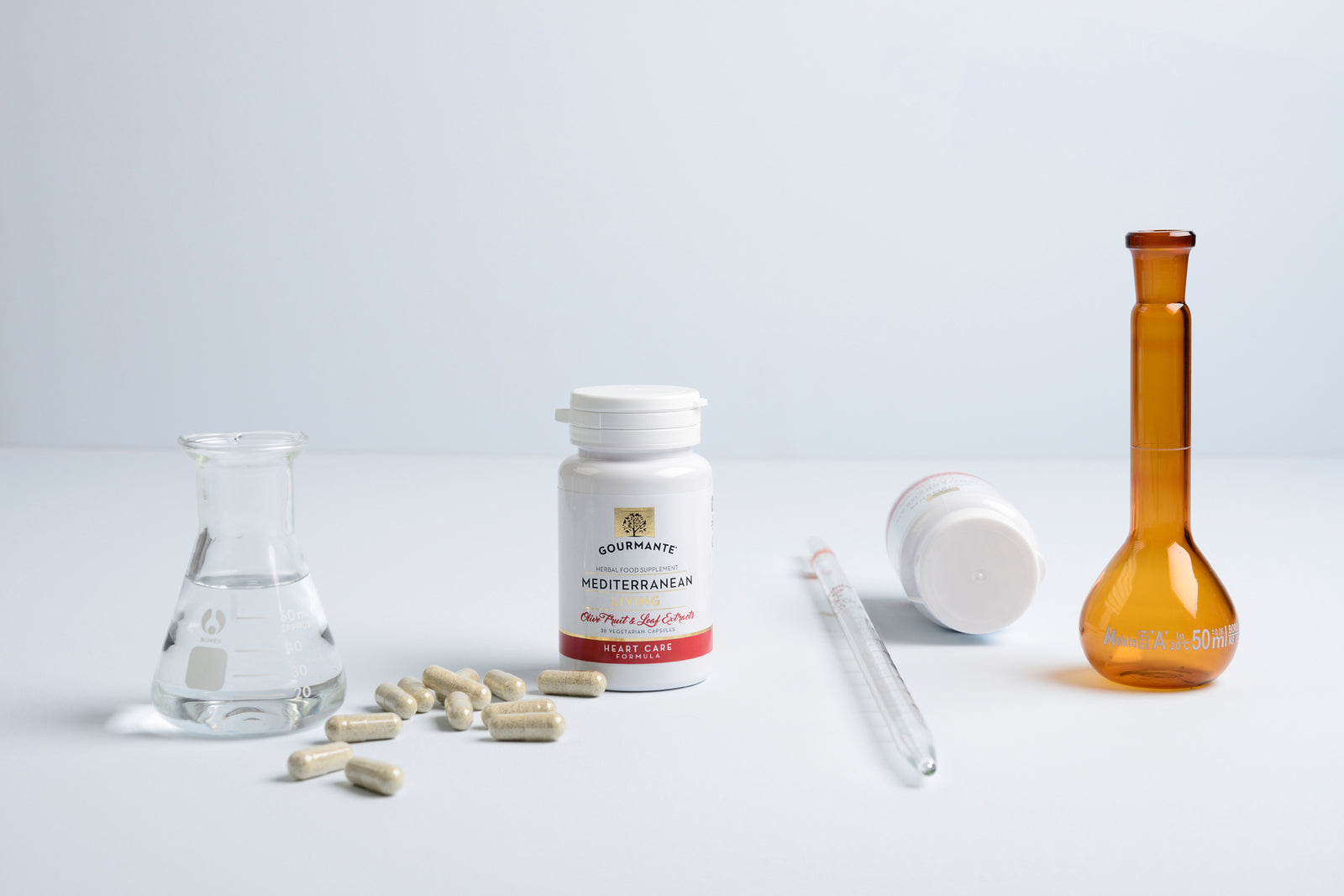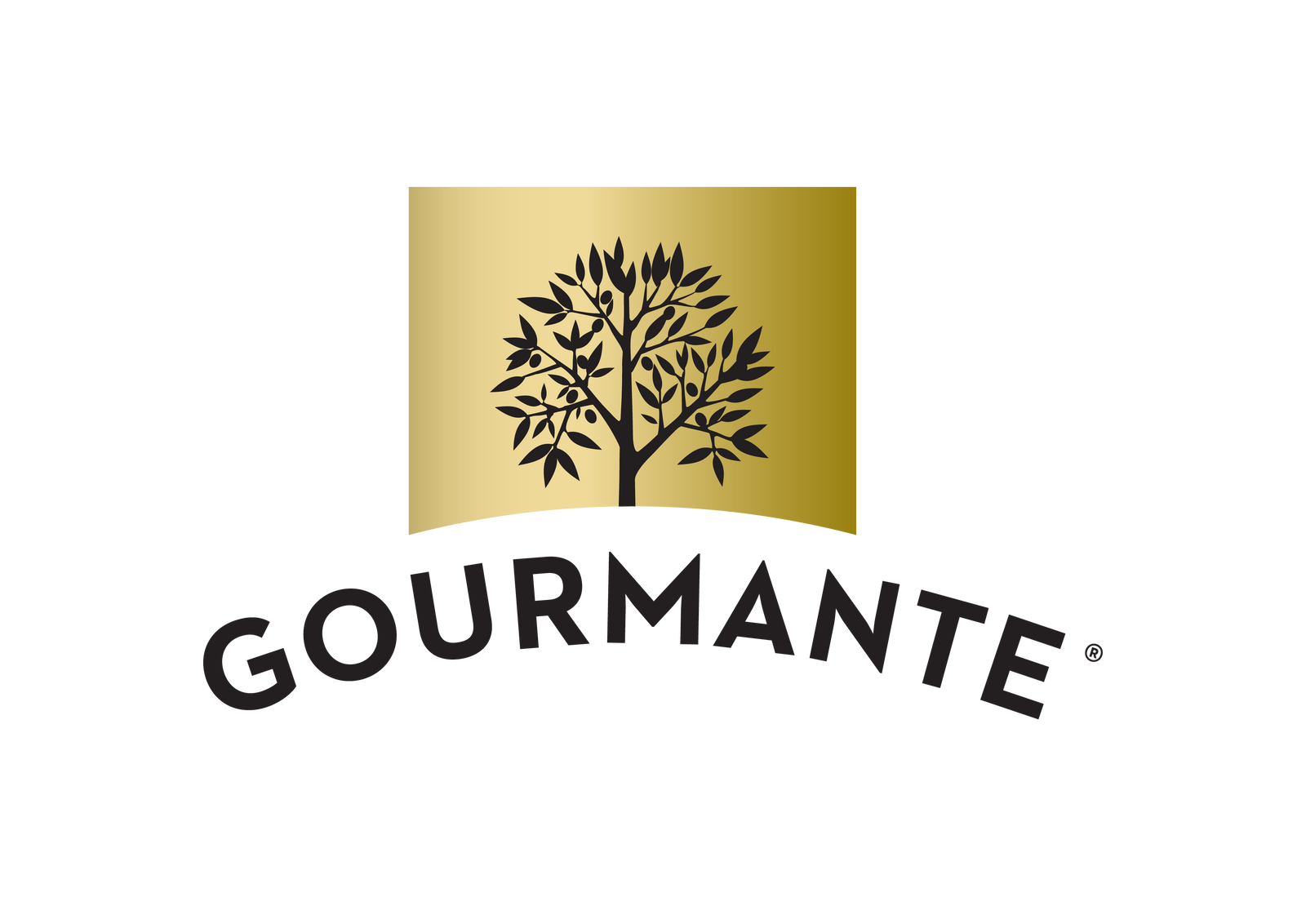
Cardiovascular Disease (CVD) is the leading global cause of death, accounting for 17.3 million deaths per year, a number that is expected to grow to more than 23.6 million by 2030 (American Heart Association). It is estimated that 90% of CVD is preventable.
CVD is a term used to describe all diseases of the heart and blood vessels. The cause of most CVD is the gradual narrowing or blockage of blood vessels. This process is called atherosclerosis and is due to the build-up of fatty deposits in the lining of blood vessels. There are a number of factors that are associated with developing CVD. Risk factors include high blood cholesterol, high blood pressure, smoking, physical inactivity, being overweight, excessive alcohol consumption, diabetes. Many of these risk factors can be prevented and managed by lifestyle changes. A healthy lifestyle plays an important role in the prevention and management of CVD. Olives & extra virgin olive oil, an important component of the Mediterranean diet, may have benefits for those at risk of developing some sort of CVD.
Below is a selection of studies & articles demonstrating the science behind the health benefits of olive polyphenols.
-
Stefania Bulotta, et al
BENEFICIAL EFFECTS OF THE OLIVE OIL PHENOLIC COMPONENTS OLEUROPEIN AND HYDROXYTYROSOL: FOCUS ON PROTECTION AGAINST CARDIOVASCULAR AND METABOLIC DISEASES
J Transl Med. (2014)
-
Gemma Chiva-Blanch
EFFECTS OF POLYPHENOL INTAKE ON METABOLIC SYNDROME: CURRENT EVIDENCES FROM HUMAN TRIALS
Oxid Med Cell Longev. (2017)
-
Barbara Barbaro, et al
EFFECTS OF THE OLIVE-DERIVED POLYPHENOL OLEUROPEIN ON HUMAN HEALTH
Int J Mol Sci. (2014)
- Antonia Trichopoulou, et al
DEFINITIONS AND POTENTIAL HEALTH BENEFITS OF THE MEDITERRANEAN DIET: VIEWS FROM EXPERTS AROUND THE WORLD
BMC Med. (2014)
-
Saibandith B, et al


Leave a comment (all fields required)